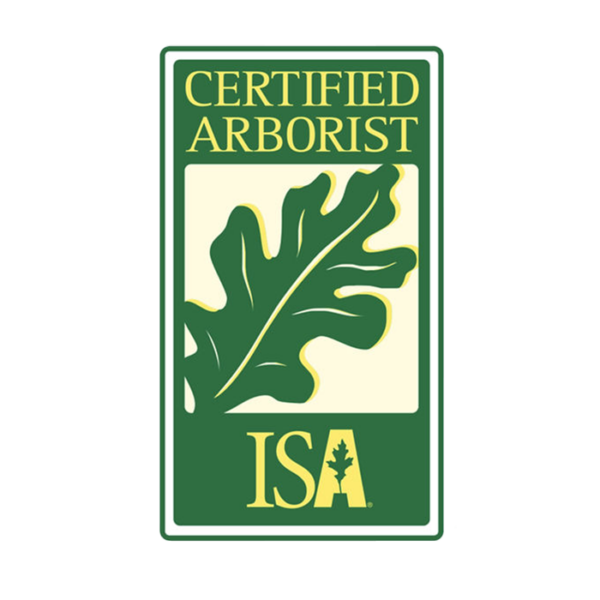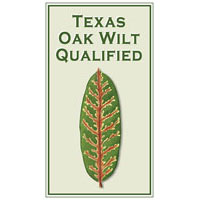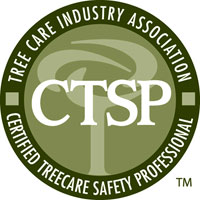The winter weather that pounded West Texas in early 2021 was the worst the area had experienced in 50 years. While city crews have mostly cleaned up the mess, the damage to trees and shrubs could last much longer. In fact, it may not even be evident yet.
As we get closer to spring, the signs of winter injury on trees and shrubs will be much more obvious. Browning of existing foliage on evergreen trees and shrubs is typically the first indication that they have suffered winter injury, but plant death can occur in severe cases.
Understanding Winter Injury and the Symptoms It Causes
The term “winter injury” describes significant damage to or the death of trees and shrubs, mainly their foliage, limbs, and roots. The most common causes of winter injury include extreme temperature fluctuations, damage caused by ice and snow, and damage caused by salt spray.
Unfortunately for your trees and shrubs, West Texas saw all these conditions this winter. These factors can also influence the extent of winter injury:
- Location of the plants and shrubs.
- Health of the plants before they sustained winter injury.
- Plant species.
- Site conditions.
Winter injury may be challenging to spot since we normally have mild winters in West Texas. Here are some things to look for this year.
- Conifers have brown foliage due to excessive water loss. As we mentioned above, browning is typically the first sign of winter injury that appears in late winter or early spring.
- Conifers show brown foliage only on the upper half of the tree or shrub where the snow ended. Typically, the lower half of plants remain green and don’t succumb to winter injury.
- Limbs and the trunk of trees have frost cracks. This is most common in the parts of deciduous trees that face south or southwest.
- Plant and/or shoot death.
- Root damage.
Many of our most common types of trees and shrubs in West Texas can sustain winter injuries. If you notice that your trees or shrubs have any of these symptoms, it’s important to act quickly to avoid further damage.
Trimming the damaged branches and foliage improves the overall health of the rest of the tree or shrub. Fertilizing will also help plants with mild to moderate damage recover from winter injury. However, you may need to arrange for the removal of dead trees and shrubs to prevent them from spreading disease to the remaining healthy plants.
Some Updates for Spring
You might not want to think about the high winds of spring after the winter we just had in West Texas. Even so, taking a proactive approach with weak or poorly structured trees preserves them when the high winds do arrive. Hildebrandt Tree Tech offers tree cabling and bracing to give trees the ability to withstand all types of spring weather conditions.
We also want to let Hildebrandt Tree Tech customers know that we already started spring fertilization earlier this week. Members of our plant health program should have received their notification. If you’re not part of the program but need spring fertilization services, we encourage you to schedule a time now since our available appointments are filling fast. You may contact us at 806-441-7722 or complete this form.






